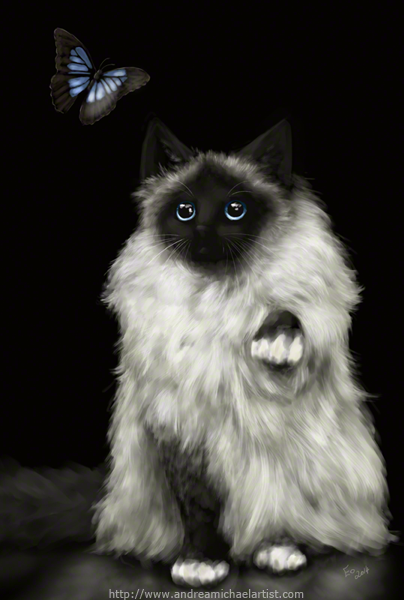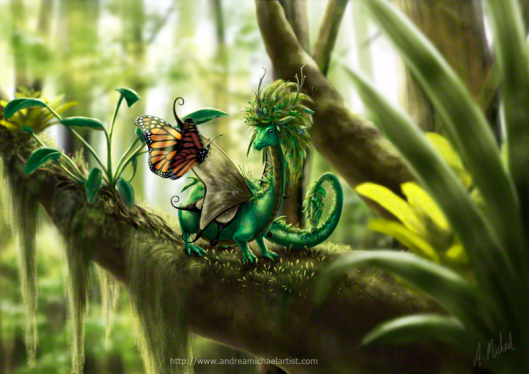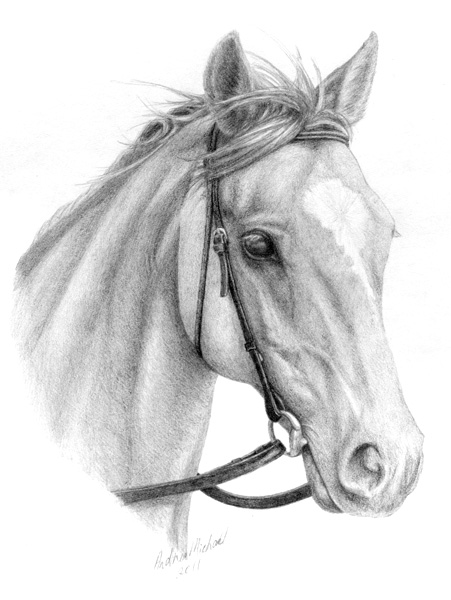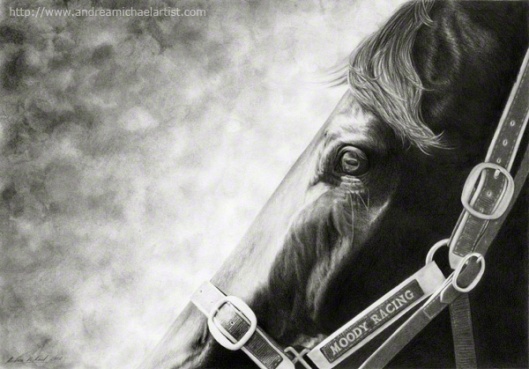***This post was initially written as part of an educational series for a Facebook group called Autistic Allies, a group about gently teaching allistic (non-autistic) people how to be good allies to the autistic community. I’ve adapted it a little for my blog***
On the Internet I often see parents (and others) shut down autistic people in the face of anger, frustration and perceived rudeness. I want to touch on why this upset happens and how to handle it and still be a good ally. I do note that not all parents of autistic children ally themselves with us, many set themselves against us, however this post is not about them, it’s about our allies – allistic and/or neurotypical people who wish to see the autistic community flourish because their children will one day be a part of it.
As you all know it’s April, so autism awareness is at fever pitch everywhere we turn currently. For those of us who are autistic it can be a month of constantly having to manage our emotions in the face of some pretty extreme opinions about us, freely bandied around on articles, in Facebook feeds, on Twitter – everywhere. Many autistic adults in the online community see April as an assault rather than a time of bolstering support and the reasons are many and published variously in excellent blogs across the Internet. Here is a fantastic curation of many links for further information on this topic.
However even during the rest of the year the world is busy dumping their opinions on us, so we still have to manage this most of the time. Those of us who are autistic advocates put ourselves out there at great cost to our personal energy reserves. We do this to try and counter the ignorance and negative rhetoric and bring parents into the fold so that we can help them navigate their child’s autism in positive and healthy ways, but we also genuinely care about the future of all autistic children because they are a part of our tribe.
Very commonly when interacting with people who aren’t autistic but have a stake in the life of someone who is, we are told we can’t possibly understand, that we have no idea, that we are “too high functioning” (aka not autistic enough) to get it, that we are arrogant and rude, and we are pretty much constantly told to shut up and sit down because our input is worthless.
Some people even treat us like we are children because we are autistic, and can be extremely patronising. They demand respect of us as though they are in a position of authority over us. This is not generally a conscious thing, it’s an implicit bias because they are used to being in charge of the person with the disability and don’t consider us as peers. The most common times I see this unfortunate attitude is when caregivers and people who work within the disability sector engage in dialogue with us.
This, of course, all takes its toll and autistic adults are also trying to manage the very things that define parts of our autism – huge emotions, quite blunt and “to the point” delivery, massive disadvantages in social exchanges such as missing out on info “between the lines” and being able to modulate our tone correctly (yes, this is a thing even in text – I’m frequently told by people that I sound angry even when I think I’m typing something very neutral or even friendly).
Many of us have also endured a lot of abuse in our lifetimes and this can feed into our emotional states when interacting with people. We are often accused of bullying which is not the intention we have when we express our impassioned pleas for people to listen to us. We are used to being kicked to the bottom rung of the social ladder and our raw emotion at being tread on constantly can be misinterpreted (or deliberately used against us) as wielding an oppressive power that we simply don’t have.
Then add to this allistic people who are used to there being information “between the lines” and so infer things we have not said, and who seem to forget we have the very same condition as their children, and it ends up a perfect storm where we can lose our equilibrium. I rather think that anyone of any neurotype would lose their cool when faced with the same conditions.
Meltdowns are also not uncommon for us in the face of high emotion and sensory overload, even as adults, though they can sometimes look a bit different to children’s meltdowns. I.e. mine are not usually explosive, I turn into a teary mess and can’t think properly or speak much – however during a meltdown I’m still often able to type even if my ability to speak has deserted me entirely. A mid-meltdown attempt to communicate can be my least tactful and diplomatic effort because I simply don’t have the resources available to think properly or modulate anything at all.
So as our allies, I’m asking you to please consider all of this the next time you are feeling confronted by an autistic adult who you feel is being too rude/angry/etc around advocacy efforts. Of course it’s never pleasant to be in the firing line, but if you can develop the ability to handle your defensive emotional reaction, there is generally going to be something of value that can be learned that will help you and your autistic child (or relative) on your journey and will help your ally efforts to the autistic community.










